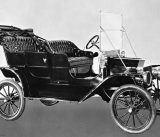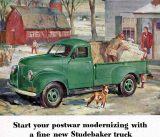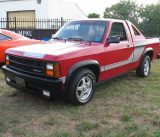
1951 JAG XK120
The Jaguar XK120 was manufactured from 1948 to 1954, during which time there were 12,055 models produced. As such, the 1949 XK120 was the first model year of the vehicle. This was the first sports car from Jaguar after it ceased producing the SS 100 in 1940.
Debut at the London Motor Show
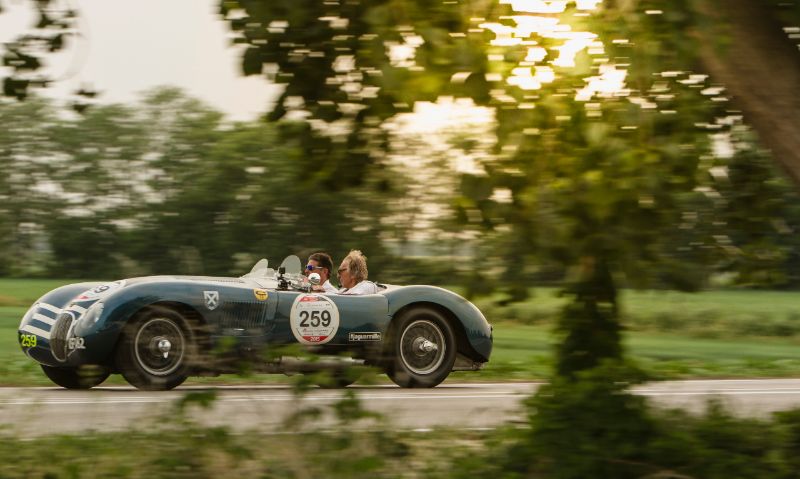
Jaguar XK120
The XK120 made its debut at the London Motor Show in 1948. At this time, it was a two-seater roadster that showcased the new XK engine from Jaguar. This prototype was nearly identical to production vehicles, except for the production auto receiving curved outer pillars on the windscreen. When production for the 1949 XK120 began in 1948, the first 242 units had open, wood-framed bodies and featured two seats with aluminum panels. In the early 1950s, production switched to using heavier all-steel materials. Clark Gable became the owner of the very first production vehicle.
Body Style and Construction
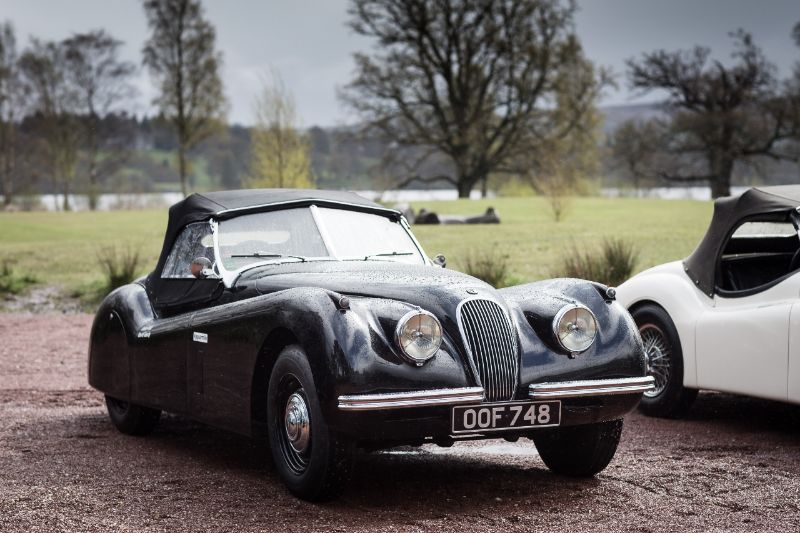
Eventually, the XK120 would have three body styles. These included the original open two-seater roadster from the 1949 model year, a fixed-head coupe that arrived in 1951, and a drop-head coupe launched in 1953. Regardless of body style, the XK120 always sat two people and had the option of a right-hand drive or a left-hand drive.
Those first 242 units of the XK120 were hand-built. As mentioned, they featured aluminum bodies with ash framing. The chassis was made of steel and more or less copied right from the Jaguar Mark V; it used many familiar parts. The switch to mass-produced steel-pressed bodies for the 1950 model year came from a need to meet the high demand for the vehicle.
Performance
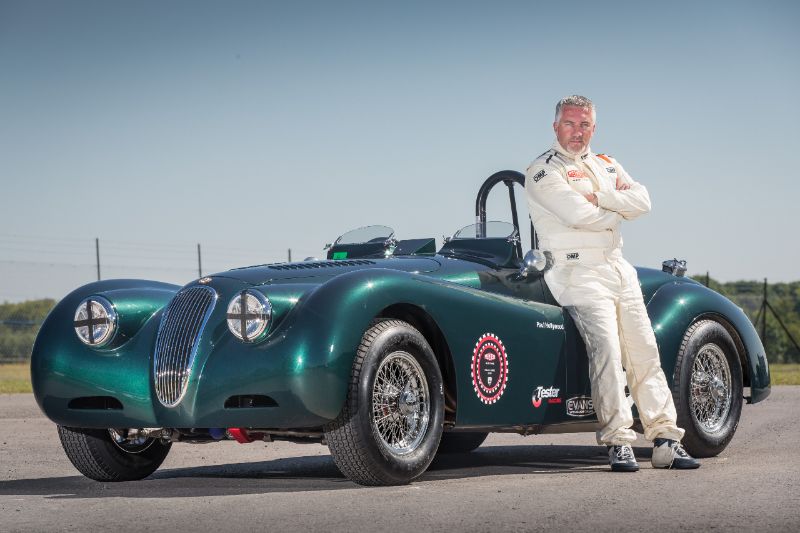
The 3.4-liter straight-6 XK engine was incredibly advanced for an engine of its time, particularly a mass-produced one. It had hemispherical combustion chambers, a high-strength and high-temperature aluminum alloy cylinder head, inclined valves, plus twin side-draft SU carburetors. It had a compression ratio of 8:1 and used 80 octane fuel to deliver 160 bhp. The early autos sold to the UK typically had a 7:1 compression ratio, which reduced the performance. All XK120s featured semi-elliptical leaf springs in the rear, an independent torsion front bar suspension, telescopically adjustable steering column, 12-inch drum brakes, and recirculating ball steering.
The 120 in the name of the auto always referred to the auto’s top speed (in miles per hour). Thanks to its ability to go 120 mph, the Jaguar XK120 was the quickest production car at the time. The Royal Automobile Club of Belgium timed a prototype of the XK120 in May 1949. After replacing the windscreen with a small aero screen and cataloging an alternative top-gear ratio, the vehicle reached 132.6 mph on average across various runs. With a passenger-side tonneau cover, the figure rose to 135 mph. Future models of the Jaguar XK120 would also prove their worth. The 1950 and 1951 models averaged more than 100 mph over the course of 24 hours plus over 130 mph during an hour. The year 1952 saw a fixed-head coupe XK120 earn a world record for averaging 100 mph in a week. Unsurprisingly with those figures, the XK120 has a strong history of success with racing.


